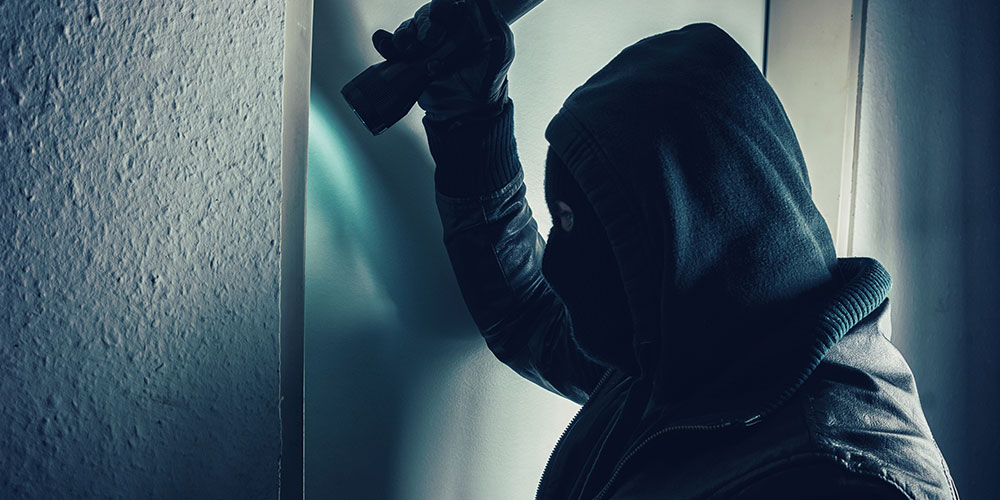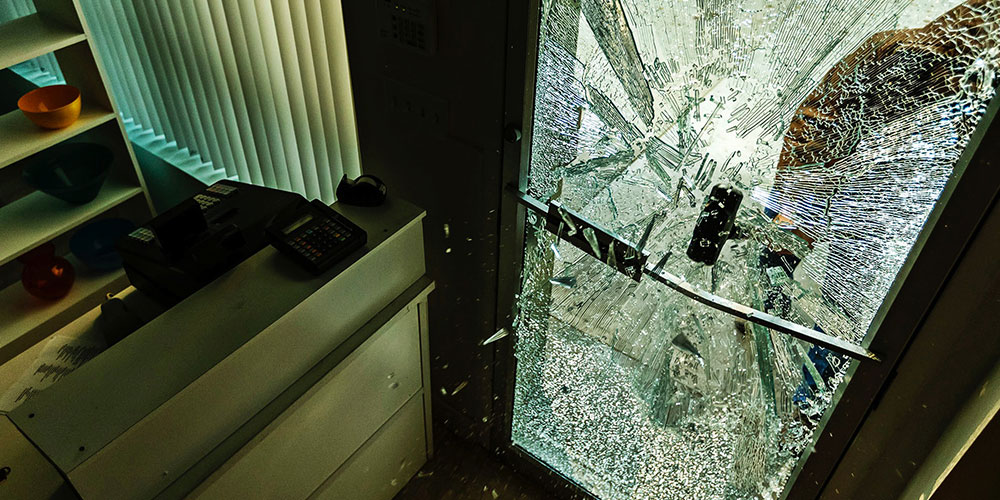This post was originally published on May 12, 2016 and has been updated for accuracy and comprehensiveness.
Over the past 20 years, deadly-force incidents have risen at faith-based properties. To keep places of worship sacred -- and members, staff and valuables protected -- consider IP surveillance cameras.
Surveillance cameras provide enhanced visibility through 24/7 monitoring and the ability to live stream video footage to your smartphone, tablet or laptop. This lets you uncover suspicious activity in real time for proactive remediation.
Before installing security cameras at your faith-based institution, follow these best practices to secure valuable assets, protect your congregation and meet legal requirements.
Tips for Proper Placement
Every faith-based institution will have its own unique needs, layout and valuables. It’s best to work with a security vendor to assess your vulnerabilities prior to installing security camera equipment. That said, common camera placement locations include:
- Any areas where money is collected and stored
- Classrooms
- Coat rooms
- Areas with stained-glass windows
- High-traffic areas
- Nurseries or quiet rooms
- Near entryways and exits
- Parking lots or garages
- Near relics, icons and valuable artwork
- Offices
- Sanctuaries
Security experts can help you determine what image quality, storage capabilities and camera types are best suited for your building. By pairing cameras with alarm systems and access control solutions, event-based notifications can alert you when something unusual occurs.
Understand Legal Considerations
Faith-based institutions face unique privacy expectations. In addition, privacy and image/recording usage laws vary depending on city and state, so be sure to understand the regulations specific to your business’ location. Be transparent with your congregation. Notify them of increased safety measures or changes in security policies to avoid speculation or concern.
A few tips to ensure compliance with privacy laws include:
- Do not install cameras in areas of assumed privacy, such as bathrooms and confessionals.
- Post signs notifying individuals they are being recorded.
- Select a licensed video surveillance equipment vendor that is up-to-date on local building codes and jurisdictional requirements.
For more information on how to secure your place of worship, download our recent report of church safety, “High Quality Security for Places of Worship.”
.jpg)


